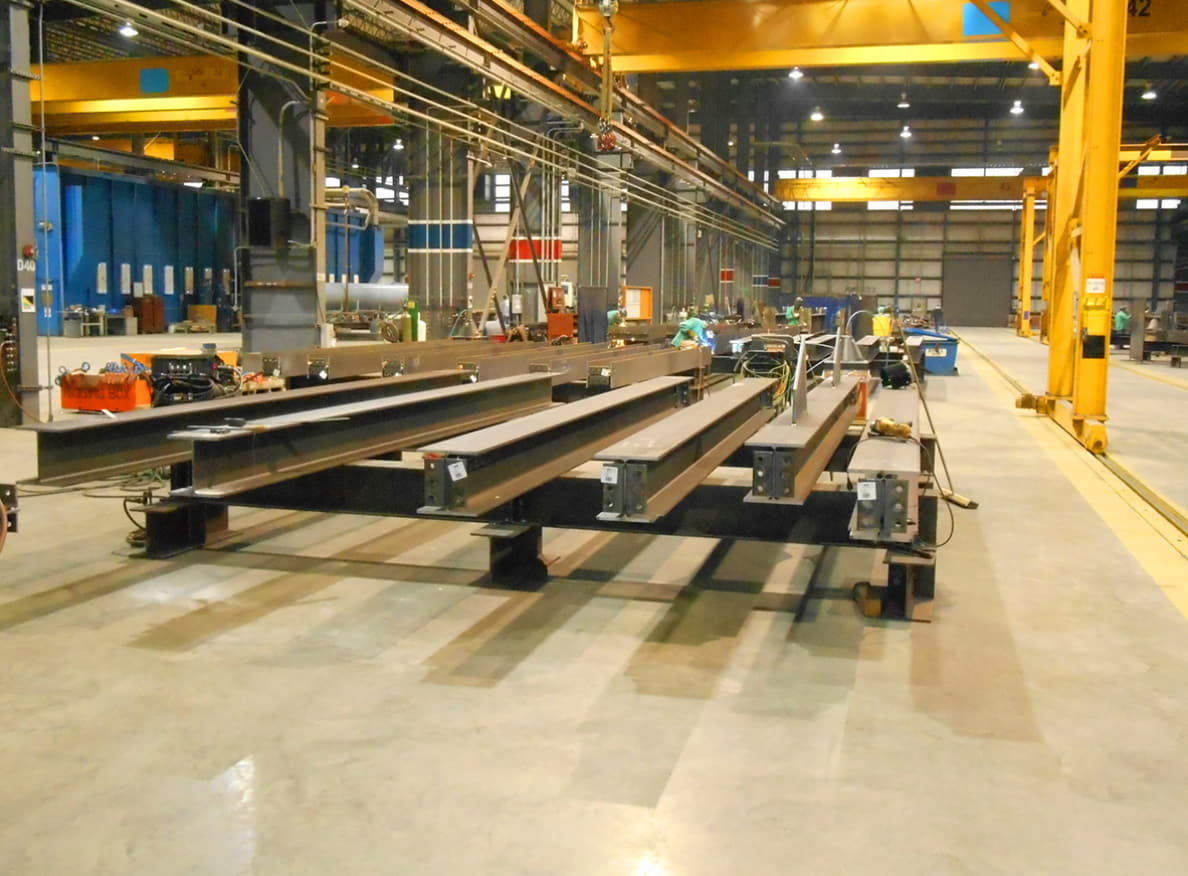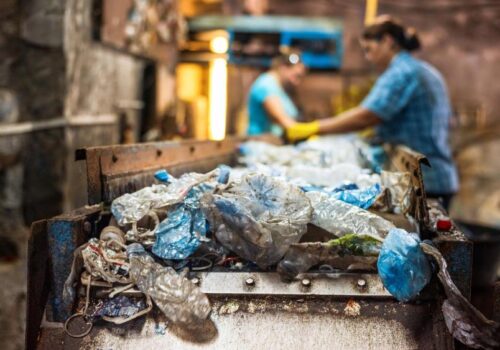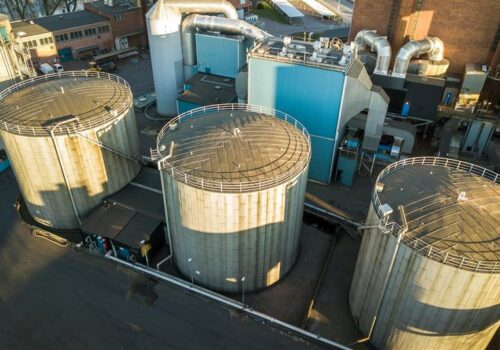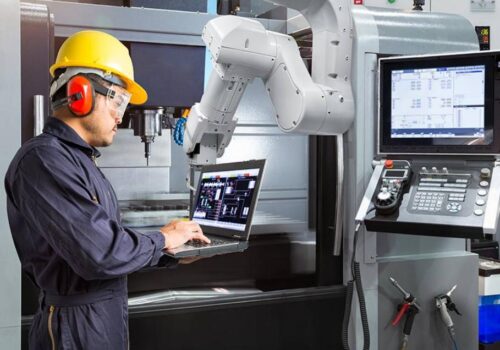How Steel Fabricators Excel In Minimizing Material Waste
There’s no doubt that the pursuit of strength and durability reigns supreme in the realm of qualified steel fabricators. In this struggle for quality control, a subtle but crucial practice takes centre stage in the form of material waste management. This meticulous endeavour contributes not only to operational efficiency but also to environmental sustainability.
Let’s delve into the strategies employed by adept fabricators to effectively minimize material waste and optimize resource utilization.
Embracing Lean Manufacturing Principles
Steel professionals meticulously evaluate every step of the industrial process, utilizing techniques like value stream mapping to identify inefficiencies. By doing so, they maximize material utility and minimize waste. Inventory management further fine-tunes their approach. This ends up ensuring that materials are on hand when needed, reducing excess stockpiles.
Accurate Measurement and Planning
Precision helps minimizes offcuts and maximize material use. Such meticulous attention to measurement and planning directly translates into decreased waste production.
Technical Approaches
Computer-aided design and building information modelling identify potential waste areas and optimize cutting plans, repurposing what could be discarded. The result? A fusion of art and engineering that minimizes waste while enhancing efficiency.
Implementing Scrap Management Systems
Fabricators must implement scrap management systems that transform leftovers into valuable components or contribute to recycling efforts. This approach not only minimizes waste but also reduces the overall carbon footprint.
Efficient Inventory Management
Steel manufacturers are adept at timing, much like synchronized swimmers. Just-in-time inventory management ensures materials arrive precisely when needed, eliminating the need for extensive storage and averting the risks of material obsolescence. This streamlined approach reduces waste while enhancing operational efficiency.
Collaborating with Suppliers and Partners
Collaboration is a key aspect of waste reduction. Steel makers work closely with suppliers to source sustainable materials, aligning the entire supply chain with their waste-reduction goals. This symbiotic relationship ensures that materials are sourced and utilized efficiently, minimizing waste at every step.
Continuous Improvement and Training
Fabricators are not content with stagnation; they are champions of constant progress. Through continuous improvement and employee training, they identify inefficiencies, integrate new technologies, and foster a culture of waste reduction. Every innovation is a step toward an optimal balance between strength, functionality, and resource efficiency.
Conclusion
The craft of steel fabricators extends beyond bending and welding; it encompasses dedication to waste reduction. Their adherence to industrial responsibility and efficiency enables them to excel in minimizing material waste. This offers a path toward sustainability and a future where resource optimization takes centre stage.





